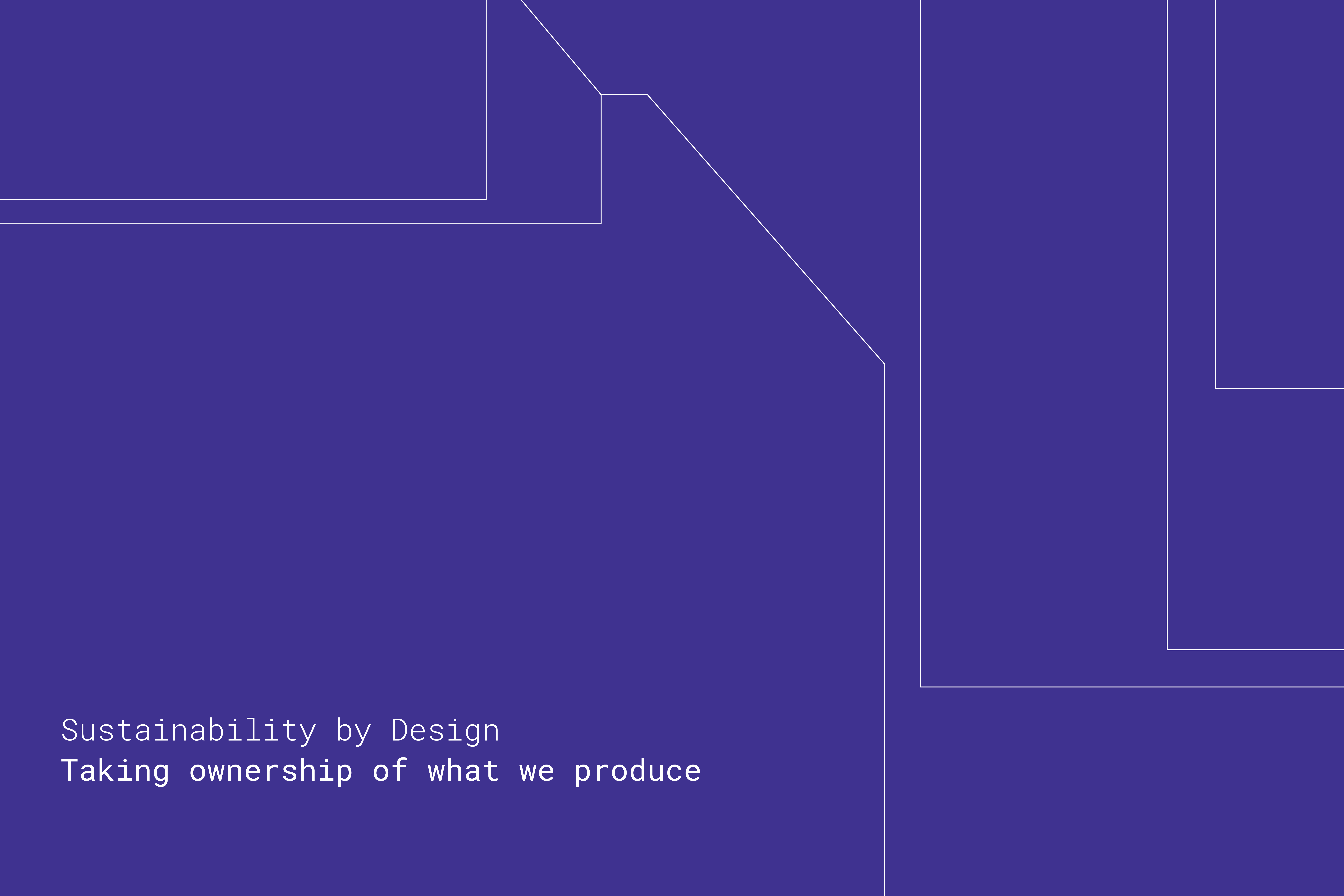In part one of this article, I claimed that designers must take responsibility for their output, and that in order to understand the supply chain of a product–be it material or not–we need to collaborate more and better across sectors.
But this is easier said than done, because talking about sustainability seems to be difficult with our own colleagues, let alone clients. So how can we have more frequent, more productive and more empowering conversations about sustainable design?
Why is it so hard to talk about sustainability
My suspicion is that the s-word is hard to talk about because it's linked to our fears around implementing it. In 2015 I conducted a survey with Irish Graphic Designers. When asked to indicate the reasons why they don’t implement sustainable solutions in their design projects, one third of respondents stated that they were afraid it would cost more for them, or for their client.
The assumption that an eco-friendly option must be more expensive contradicts the very definition of sustainability, which needs to consider economic as well as social and ecological aspects. In reality however, the implementation of anything new usually comes with costs, especially if we look at disrupting systems rather than just individual processes or materials.
Our relationship with the climate crisis has intensified since this survey took place, and a lot of funds are now available for climate interventions.The EPA published a report this year that sought to presenthow we, the nation, feel about climate change. The report showed that more than half of the Irish people surveyed believe that “overall taking action to reduce climate change will improve economic growth and provide new jobs”.
So, we feel optimistic about economic benefits, but what worries me is that the report also found that there's a gap between our intentions and our actions: “Intentions to support government climate policy are high, though intentions to change personal economic behaviours are not as strong overall.” This is certainly part of the reason why we don’t want to talk, because we feel it’s the government’s responsibility to fix things, not ours. Or some of us do, and others, like me, are dreading an uncomfortable conversation?
What we can gain from taking action
Designer and researcher, Eric Benson wrote, “It is important not to wait for others to act, but instead to lead the sustainable design revolution. As designers are both makers and consumers, our power to incite change is compelling”. Benson is reminding us that the very nature of our job is to impact consumer behaviour, and we have the ideal prerequisites for enabling positive change—to empower ourselves, other designers and the consumer.
The problem is, making something sustainable isn’t always straight forward. There are a lot of factors to consider, a lot of potential mistakes to be made. I think this might be another reason why we are cautious when it comes to talking about sustainability—we are yet to figure out what it even means to our industry.
The Irish Chapter of Purpose Disruptors, a community of people aiming to reshape the Irish Creative Communications Industry, hosted a discussion with Change by Degrees, a consultancy firm specialising in sustainability communication. The talk titled “Communicating Sustainability” concluded with probing questions we can ask clients about their intentions, as way of ensuring we aren’t supporting potential greenwashing.
Those proposed questions are:
- Are they (clients) actually changing the business?
- Are they jumping to offsetting (i.e., buying their way out)?
- How much capital expenditure is going to the solutions we are being asked to promote?
- What are they doing about Scope 3 emissions?
I think these probing questions are a great way to determine whether clients are “window-dressing” their environmental messages or not, and can also help educate clients in a diplomatic way. Dr Tara Shine from Change by Degrees says, “Transparency and accountability are at the heart of credibility and authenticity... behaviour change starts with capacity building with knowledge and information. Then comes motivation with values and inspiration, and finally comes opportunity with infrastructure and leadership."
As communicators, we need to help our clients make the right claims—those that are accountable and that align with their core values. To see and enable systemic change, we each, as designers, need to take responsibility for how we work, and what we put out into the world. We also need to develop a strong understanding for what we do–and don't–know and what needs to improve. And, most importantly, share these learnings along the way.
About the writer
Lisa Zimmermann is a Lecturer in Visual Communications at MTU Cork. She researches best practices in sustainability in graphic and web design, which is also the topic of her podcast Conscious Communication Design.
